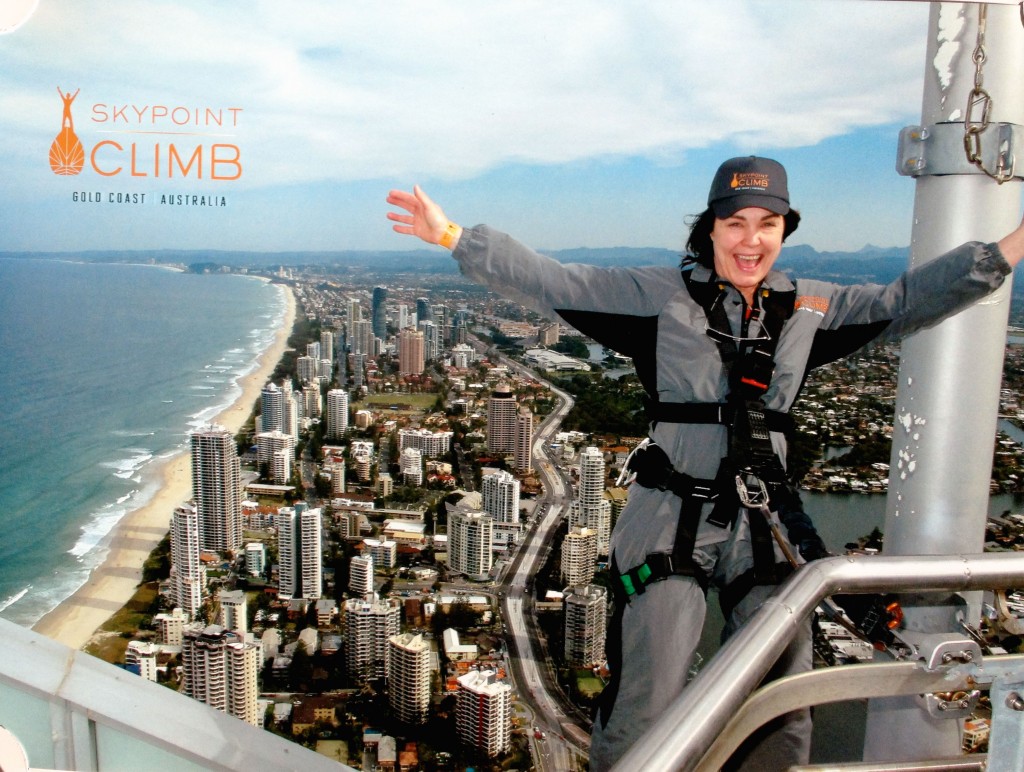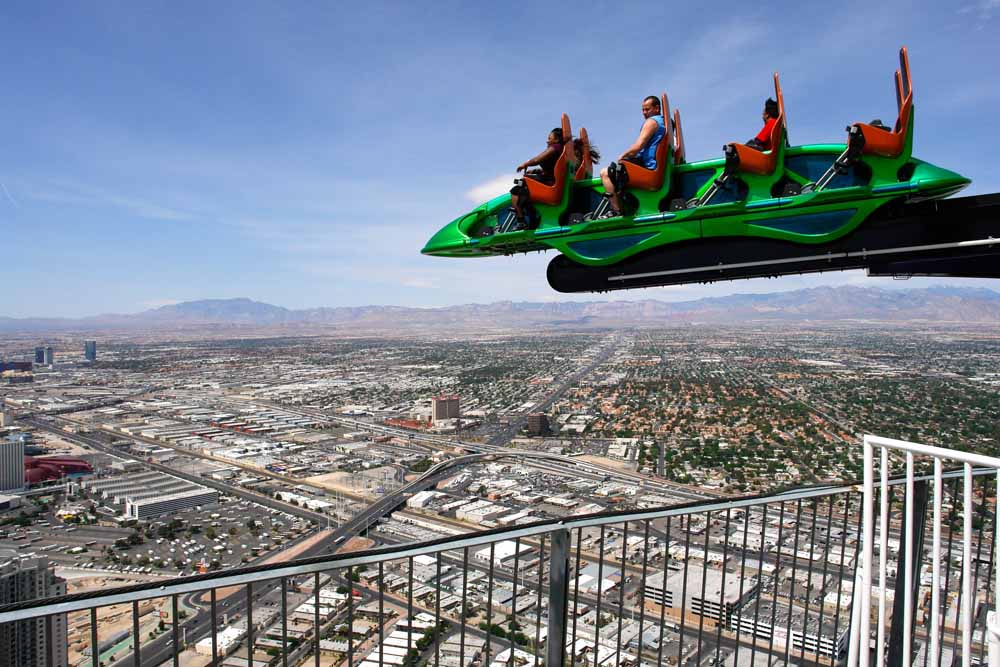It may seem ironic, but Margaret Scott, the creative force behind new travel app Views On Top, is terrified of heights.
Yet she has visited some of the tallest buildings in the world and even tackled the Skypoint Climb on top of Q1 Tower – the tallest tower in Australia.
“Those who’ve travelled with me over the years will recall my fear of heights. It might sound strange that someone who loves going up high for the view, is scared to be there.
“A distinct memory of mine; having walked for hours to reach the top of Yosemite Falls, is not being brave enough to traverse the ledge to get to the top of the falls or even look over the cliff edge.
“So a few years ago I decided to conquer that fear, pushing myself to do crazy things, including ice-climbing into a New Zealand glacier and summiting the outside of Q1, Australia’s tallest building.
“I now truly enjoy challenging myself to face the next ‘up-high’ adrenalin activities and I am in awe of all the amazing engineering feats created for us to experience.”
Margaret is off this week to face her next challenge; Stratosphere in Las Vegas.
At 350 metres, the Stratosphere Tower is the tallest freestanding observation tower in the U.S. The top of the tower has two observation decks and a selection of CRAZY looking rides including Big Shot – the highest thrill ride in the world, Insanity, X-Scream and SkyJump Las Vegas.
So how do you conquer a fear of heights?
Here’s Margaret’s advice for others: You’ll need focus and determination.
Keep breathing – your feet won’t leave the ground that you’re standing on, and the floor won’t give way.
According to experts, fears arise from experience: from what we are told, what we see others experience and, more explicitly, what happens to us. However, fears can be unlearnt. This process is known as ‘reconsolidation’, non-invasive techniques that essentially reactivate our worst nightmares, then ‘rewrite’ how we remember them so they don’t seem so bad.
The ‘fear centre’ in the human brain is the amygdala, an almond-size mass nestling beneath the temporal lobe. It not only co-ordinates our response to scary situations but stores many of our negative emotions and memories.
The success of exposure therapy – in which patients put themselves in the situations they find frightening, in Margaret’s case, for example; Skypoint Climb, proves the amygdala is adaptable.
So theoretically, it is possible to conquer your fear of heights.



